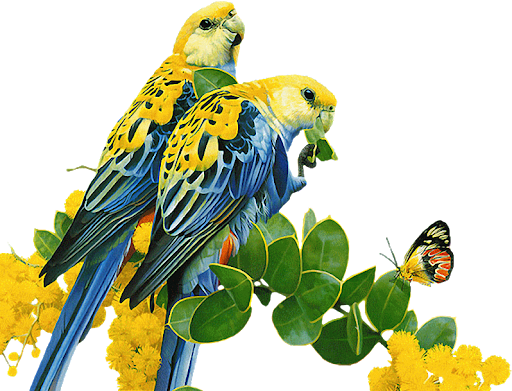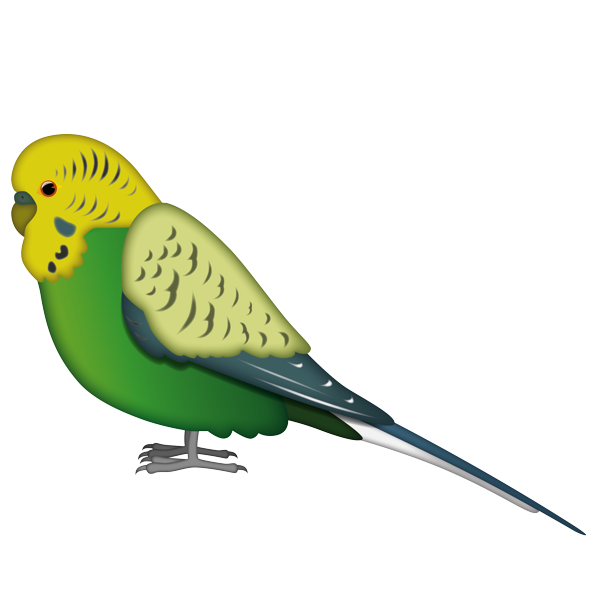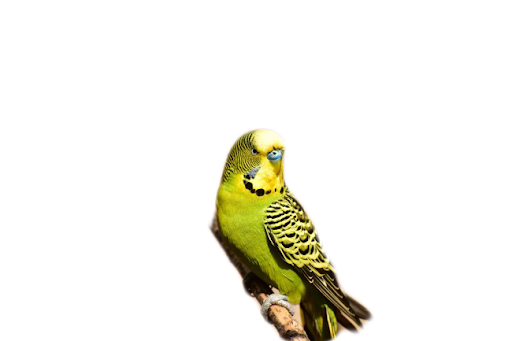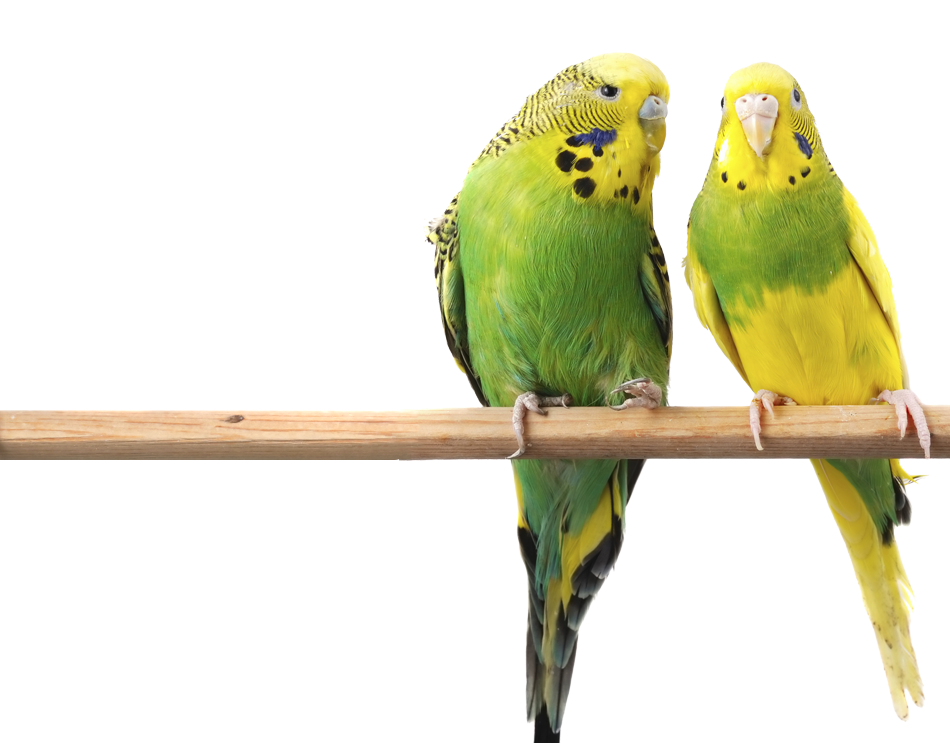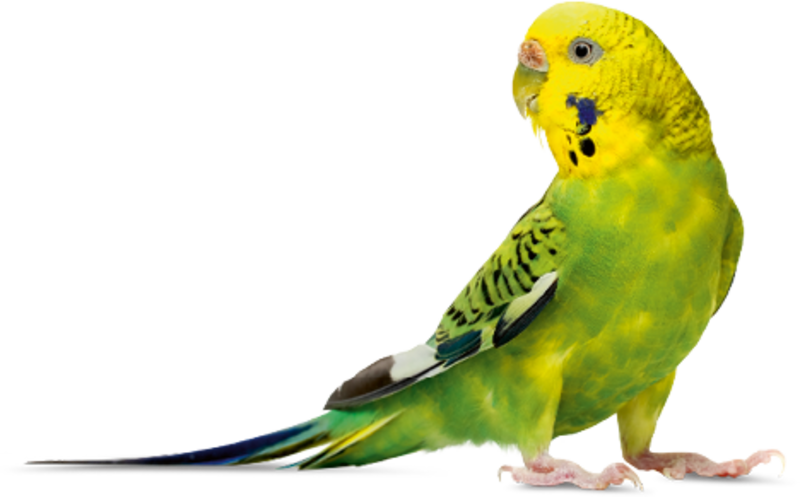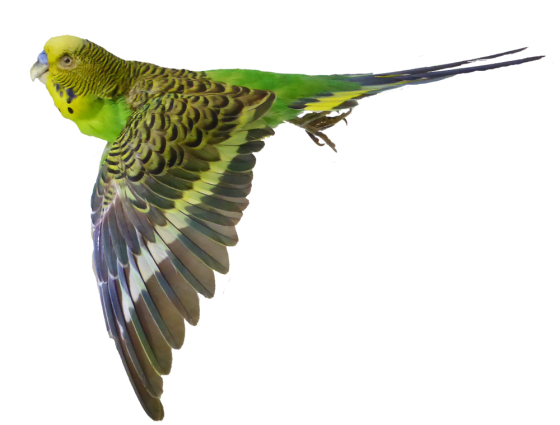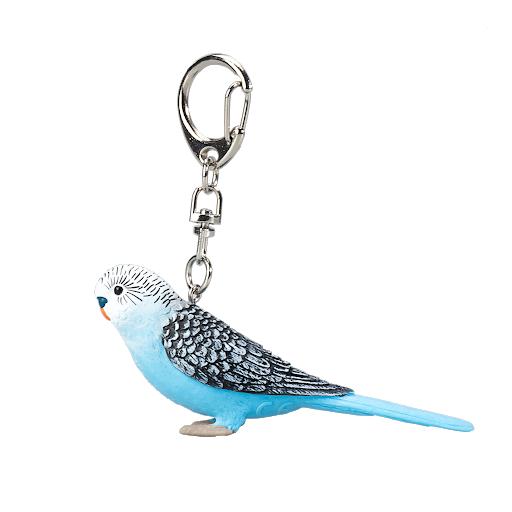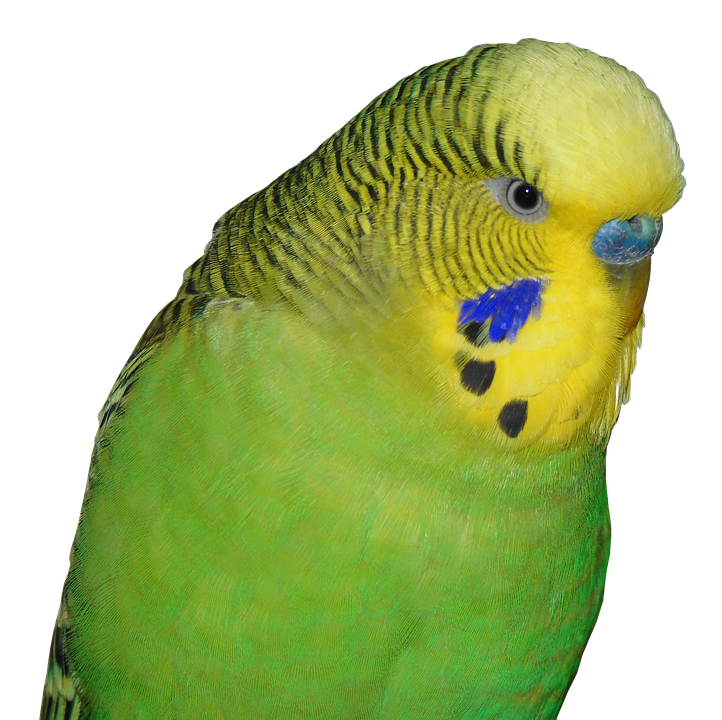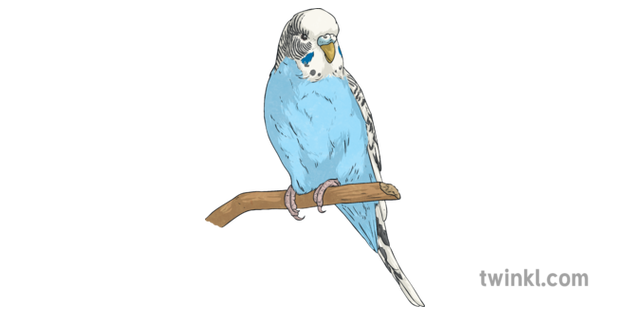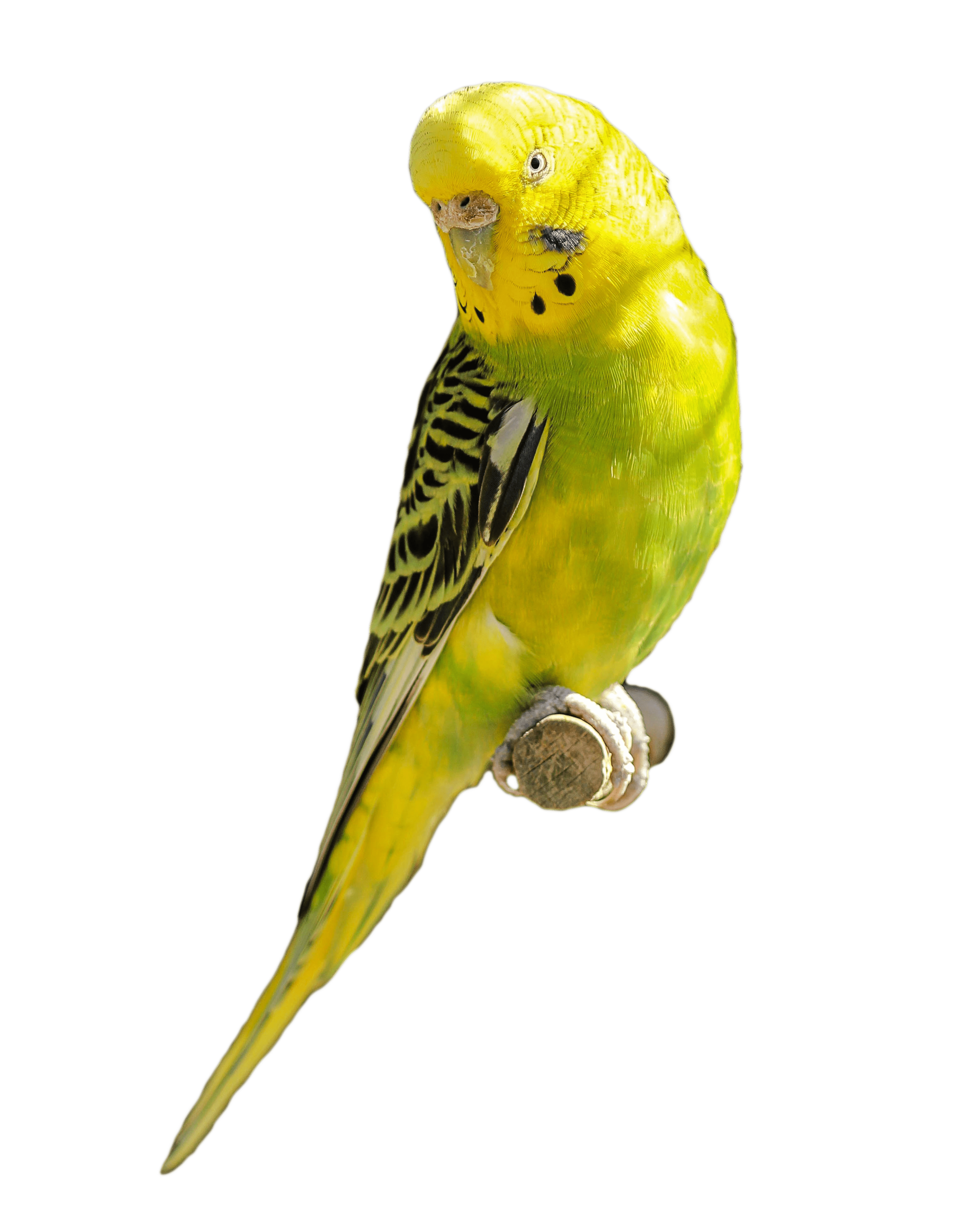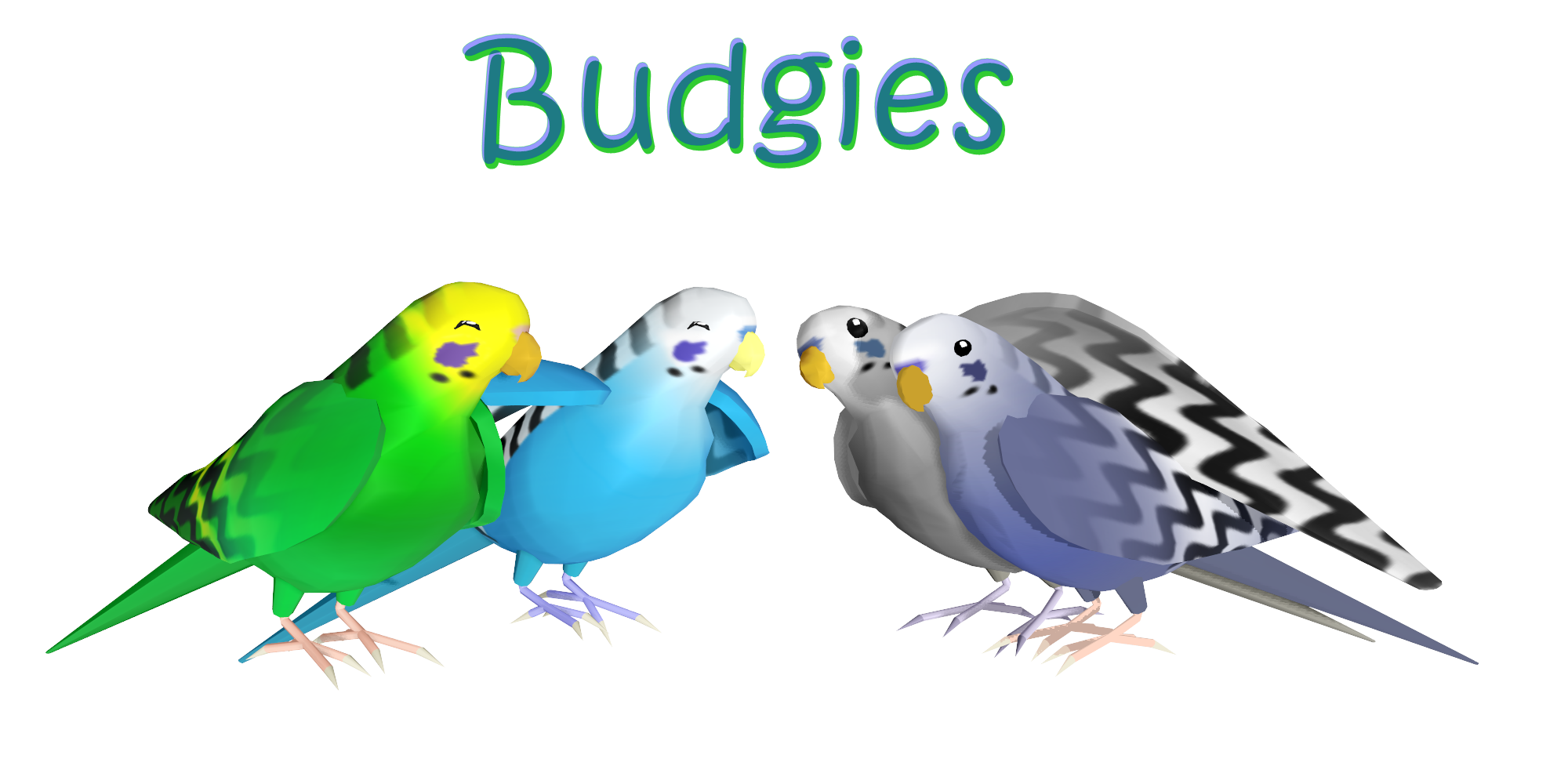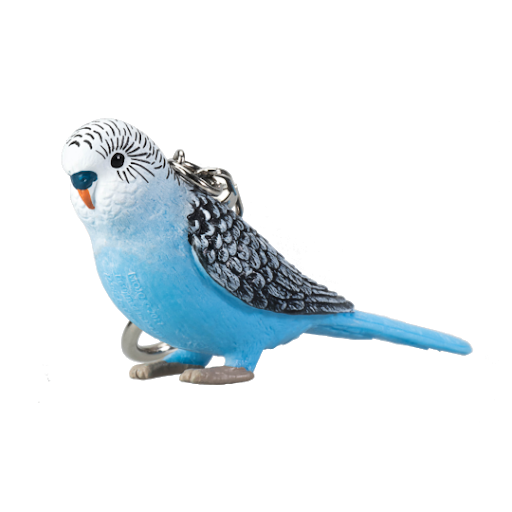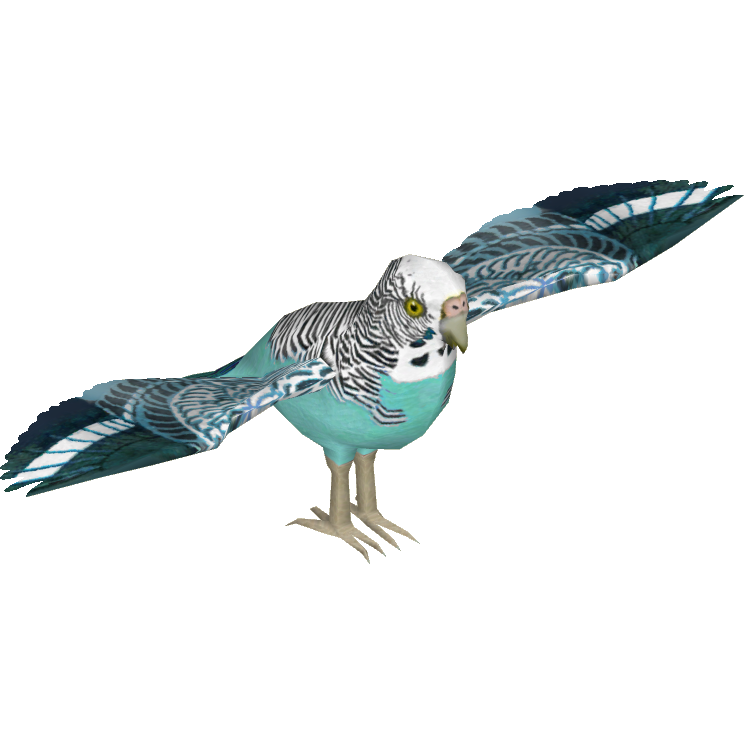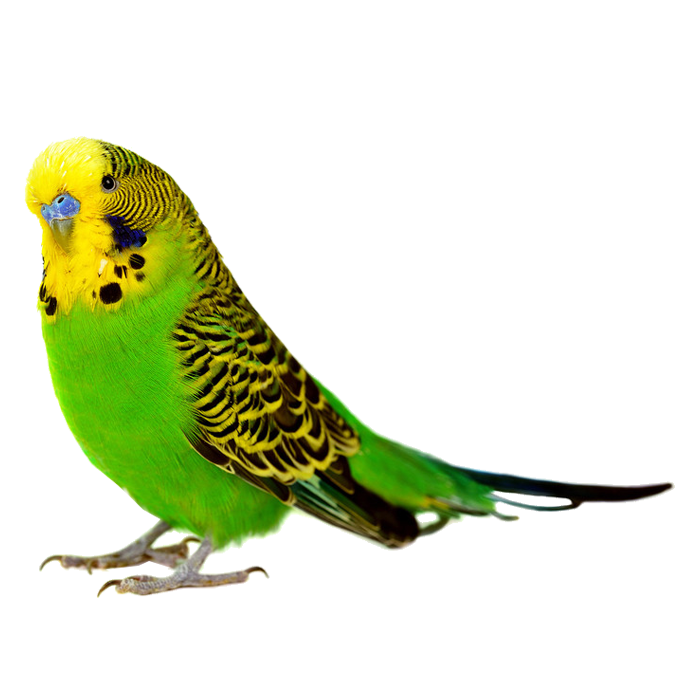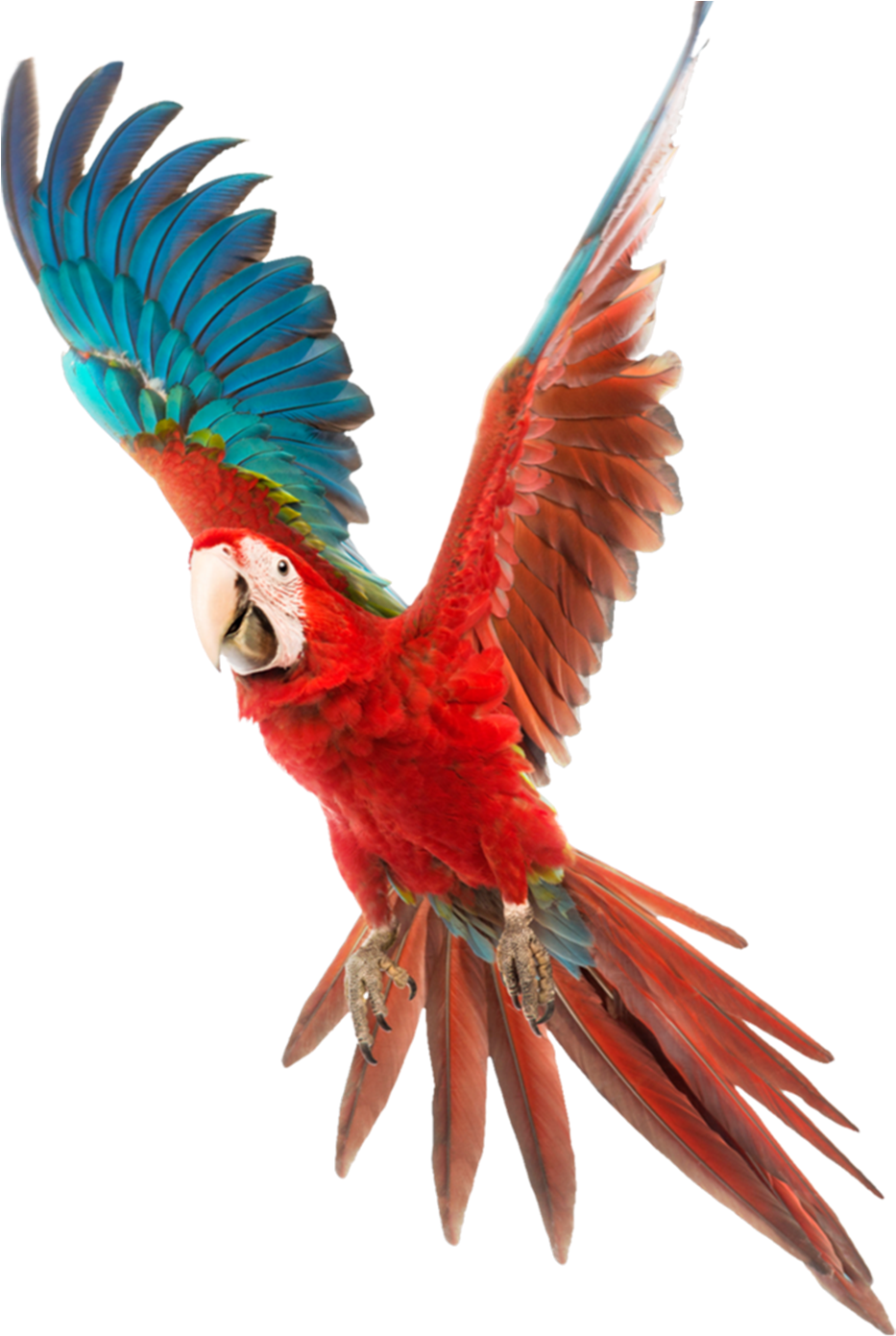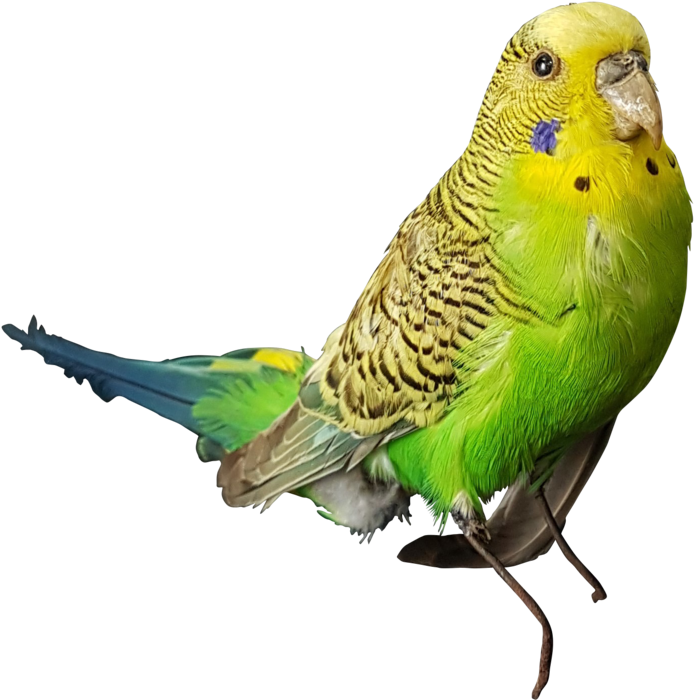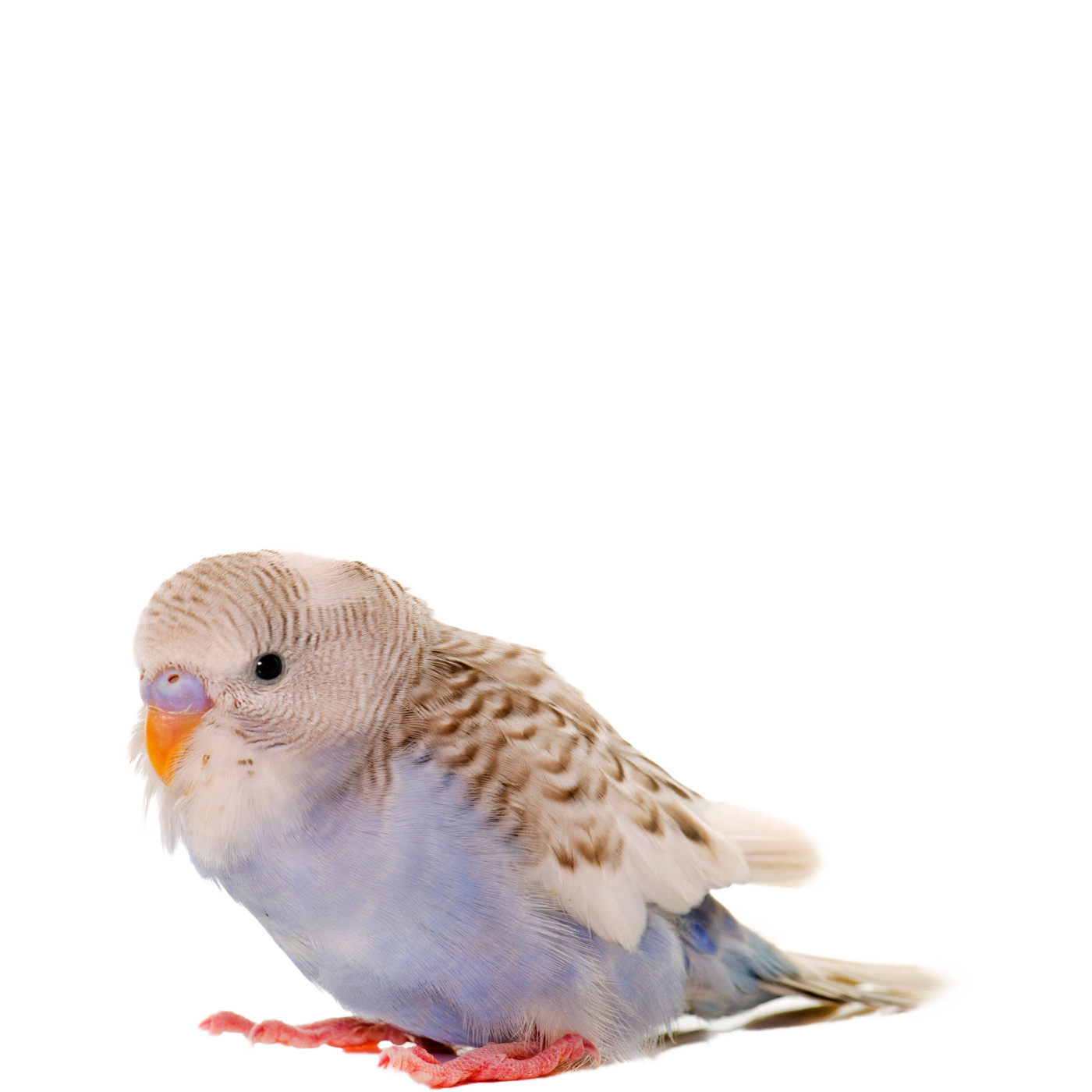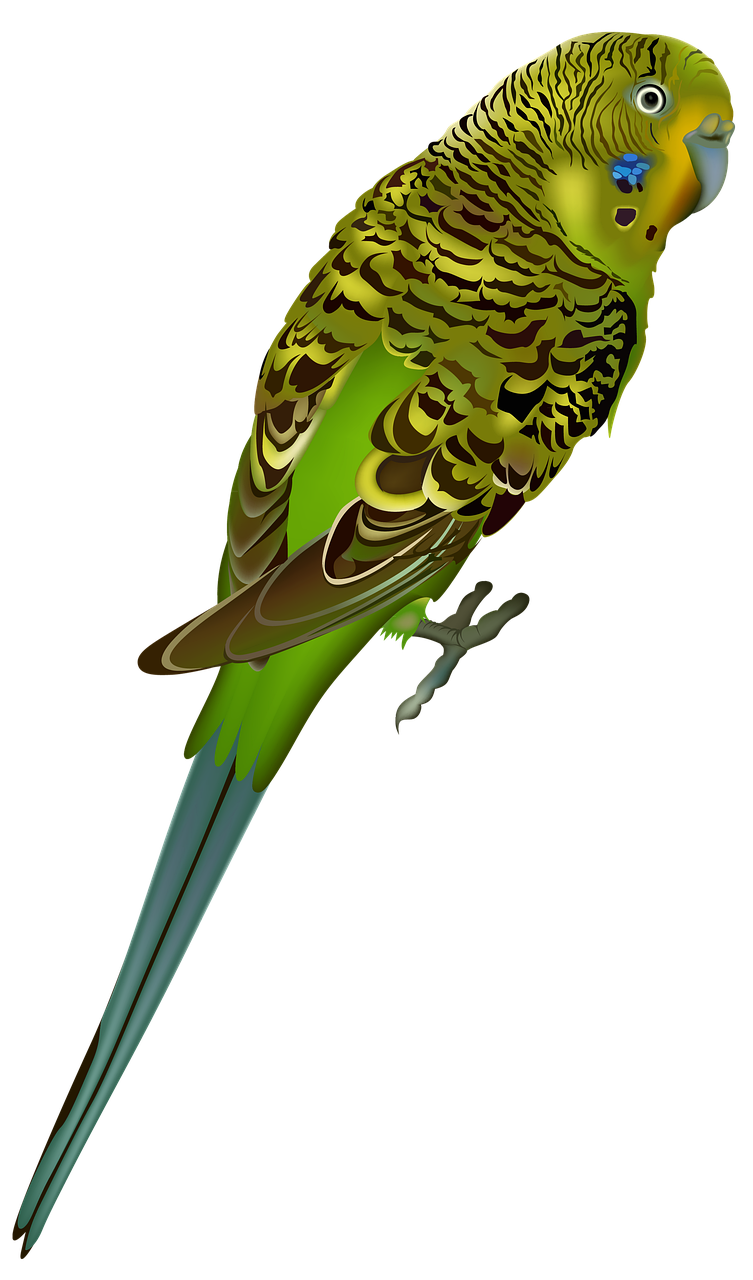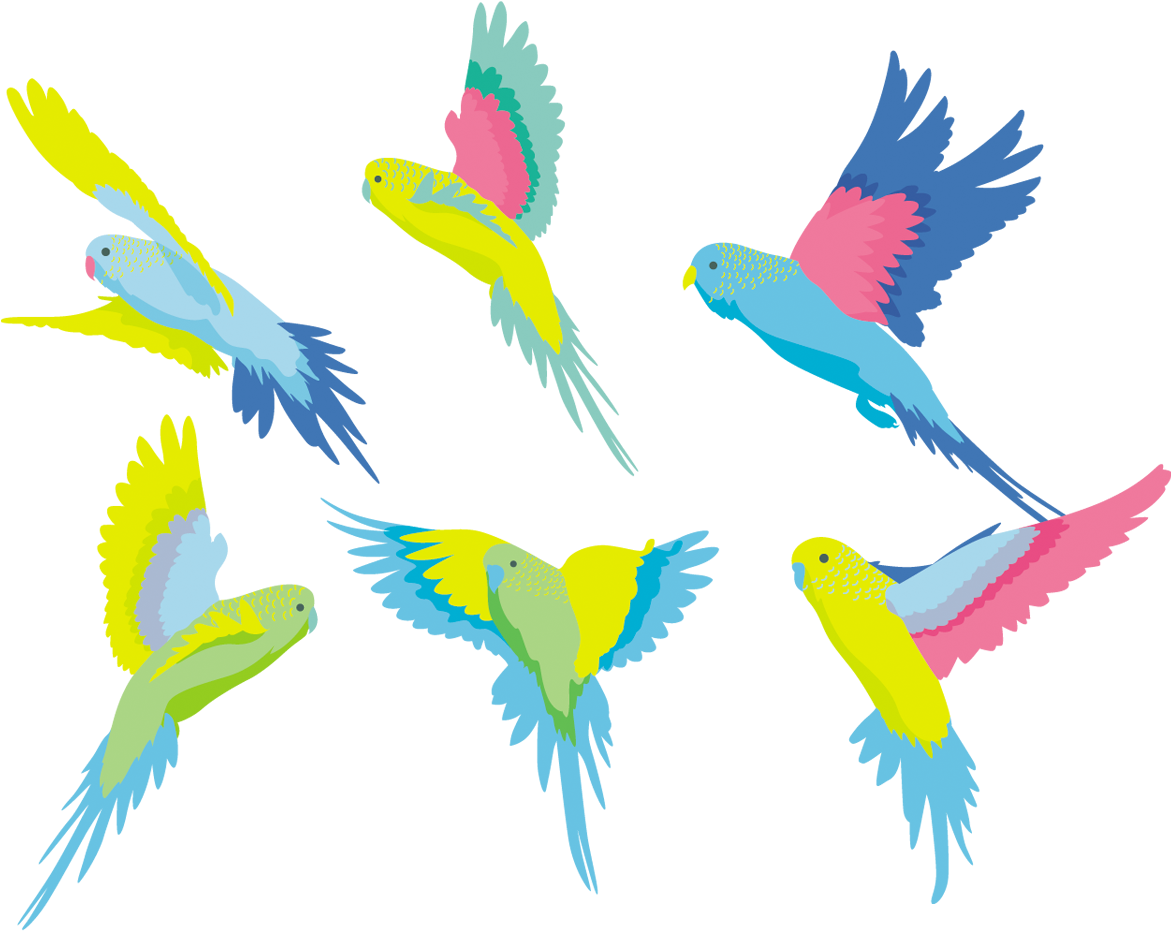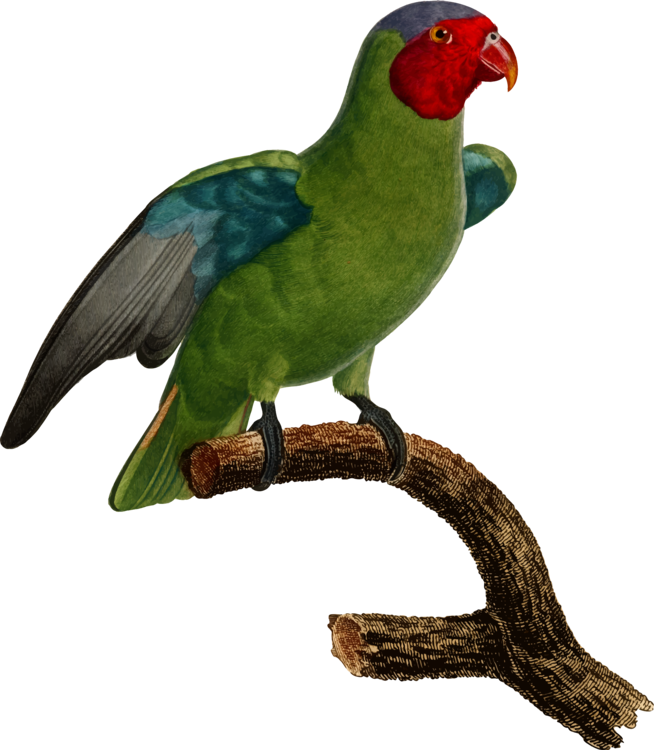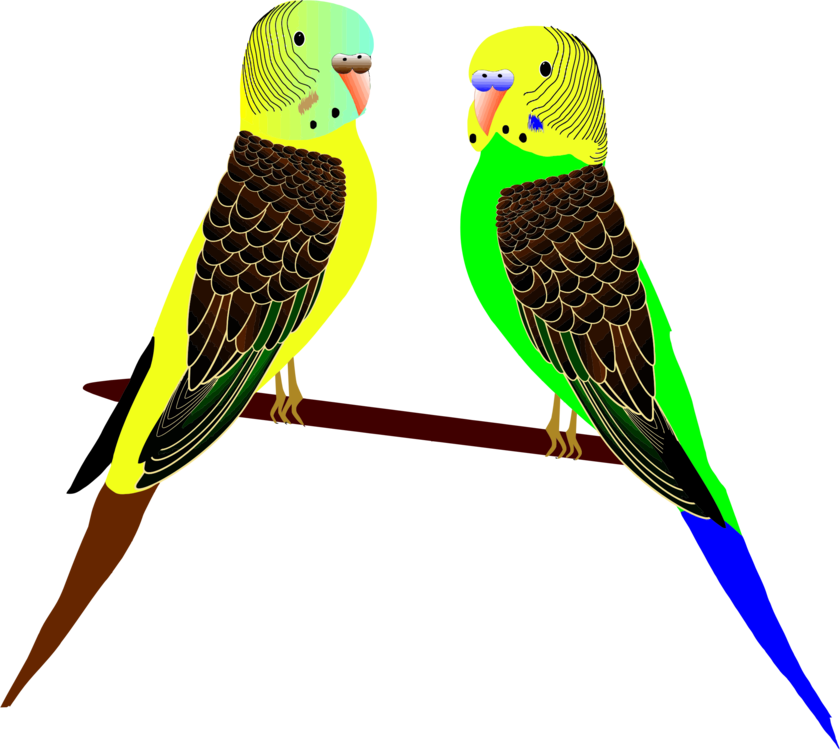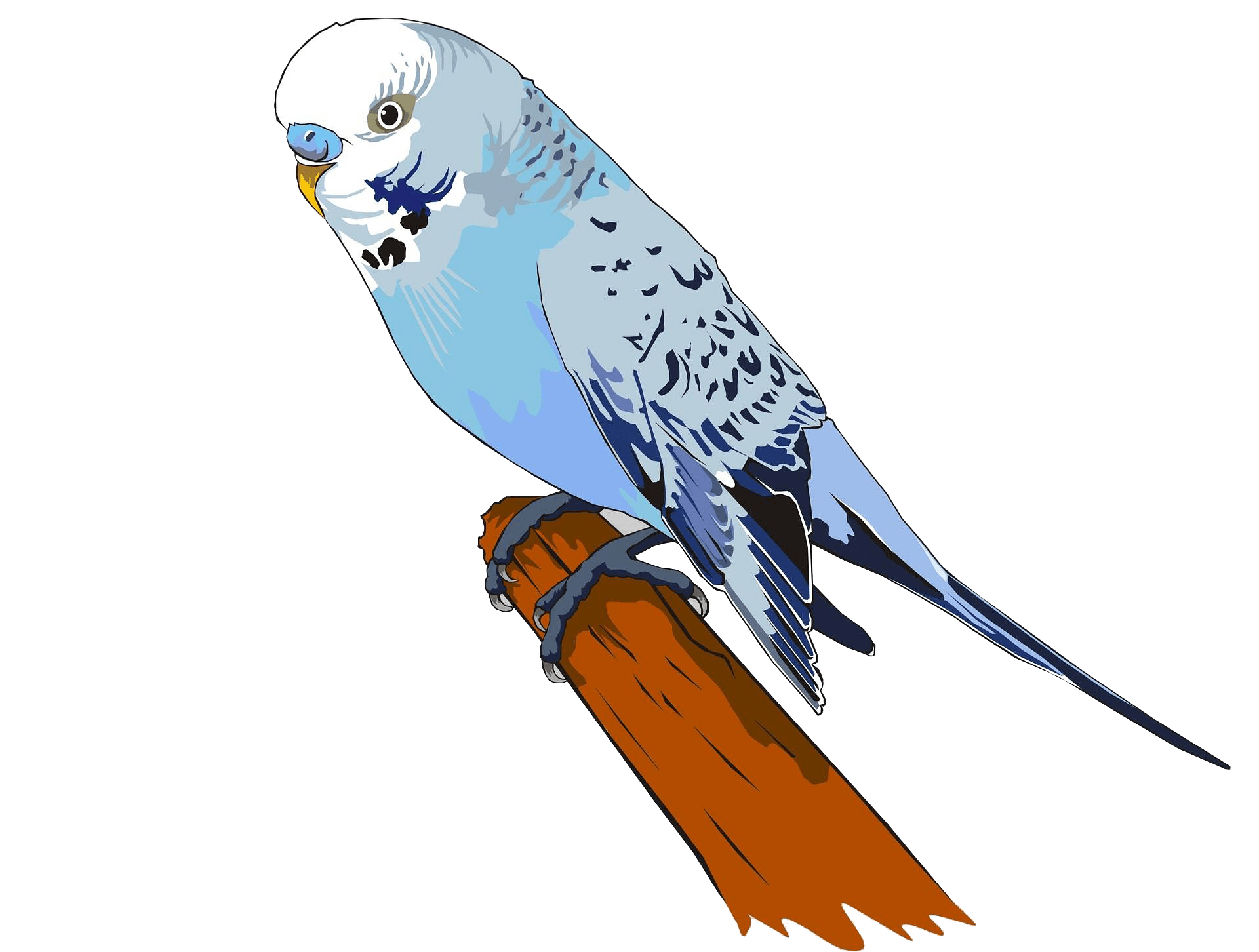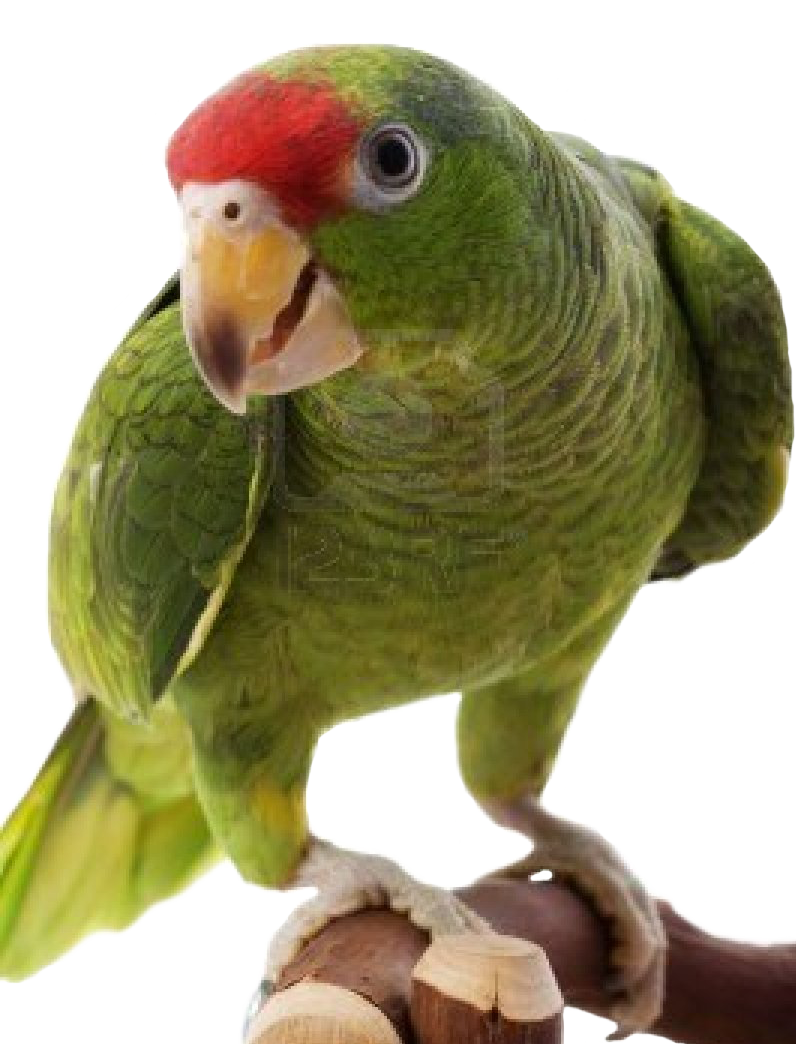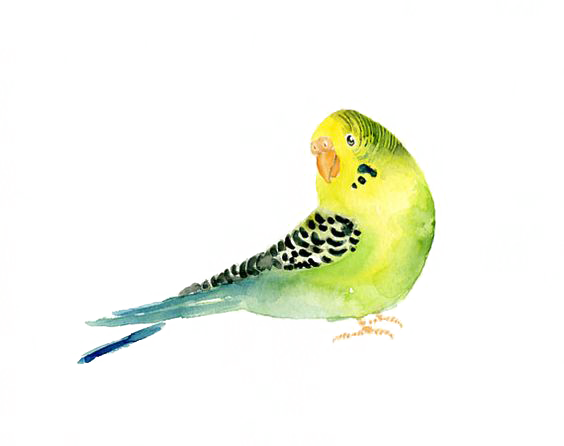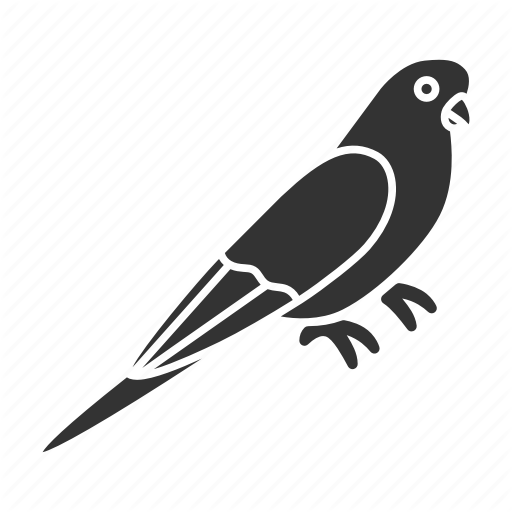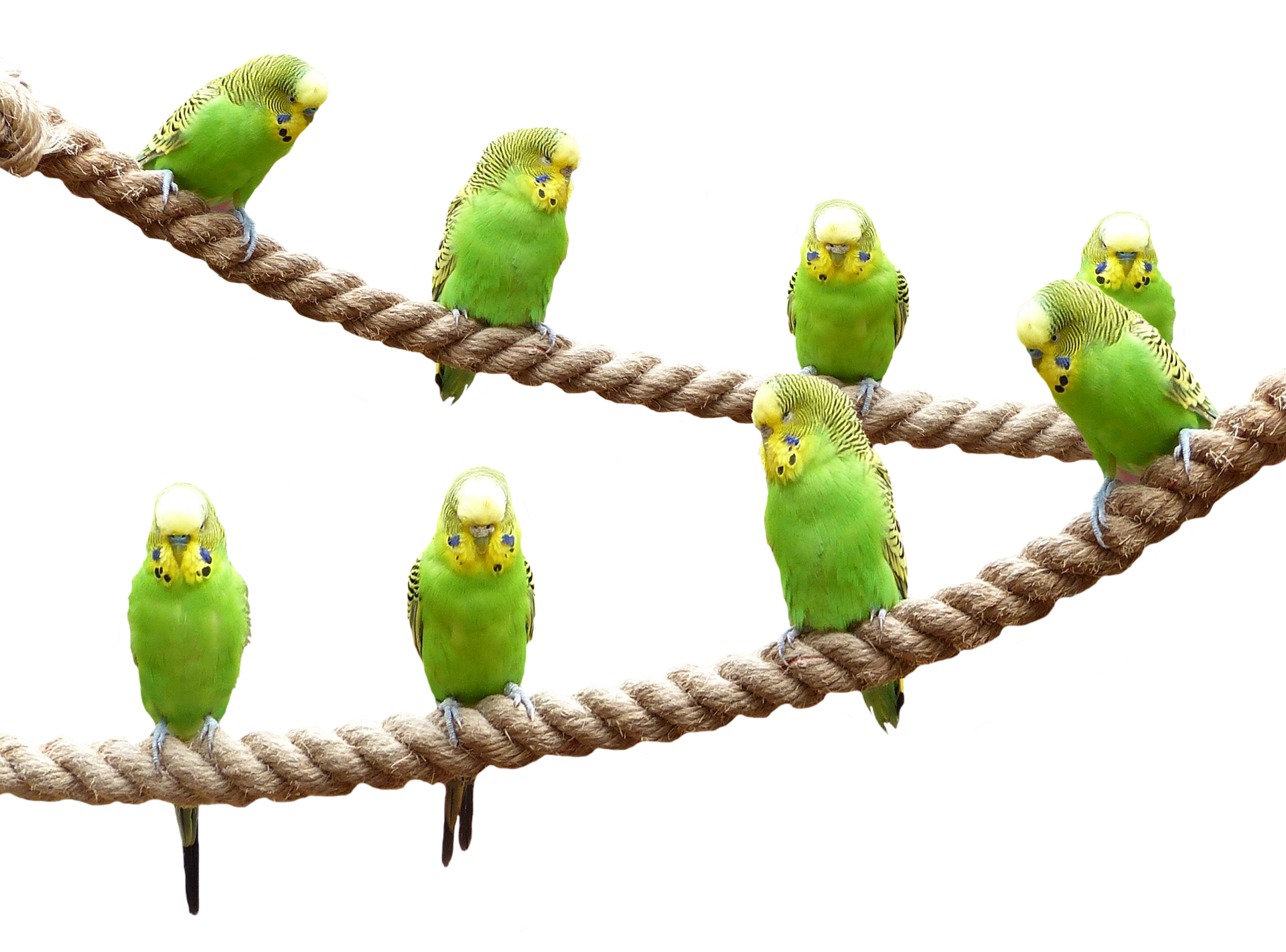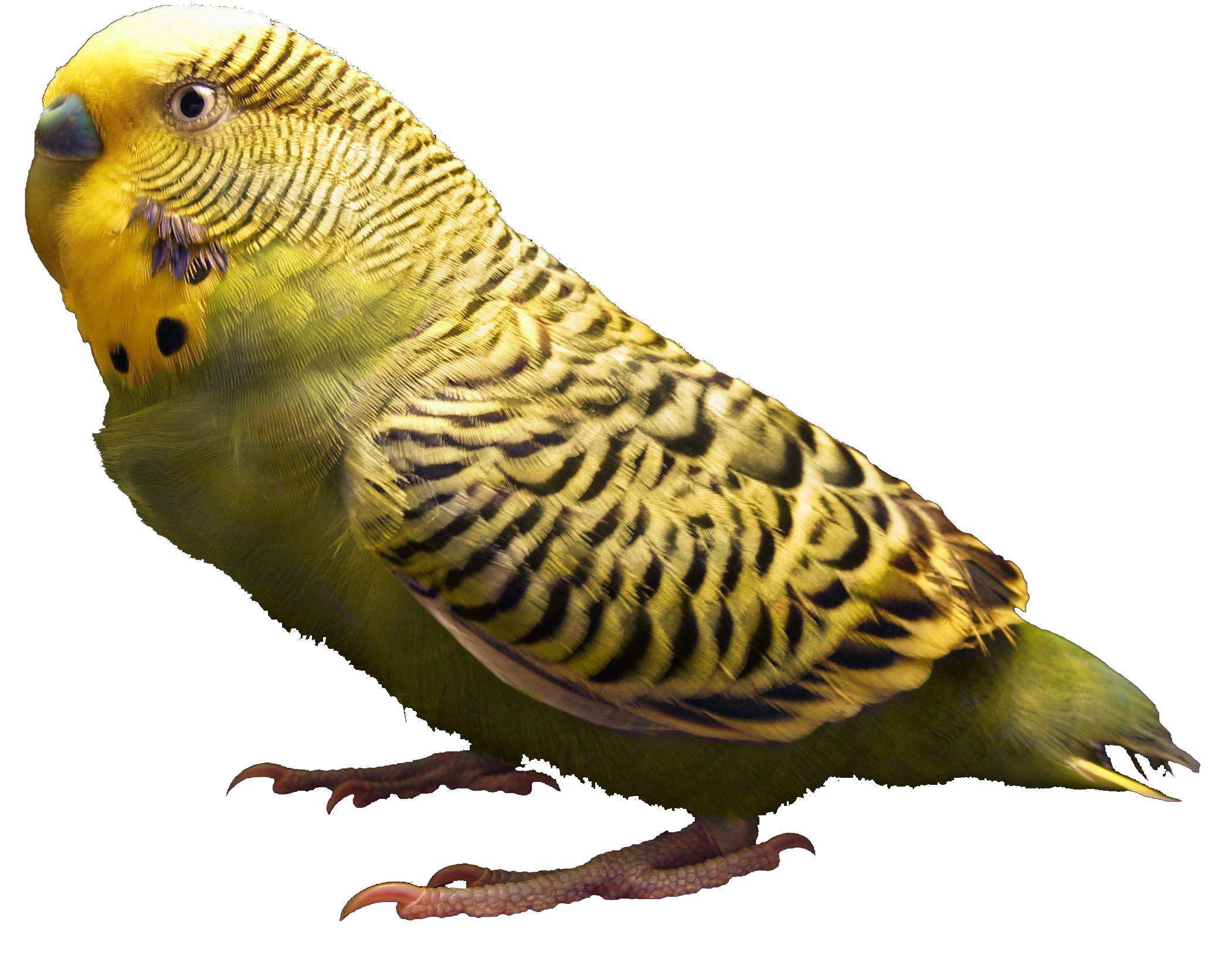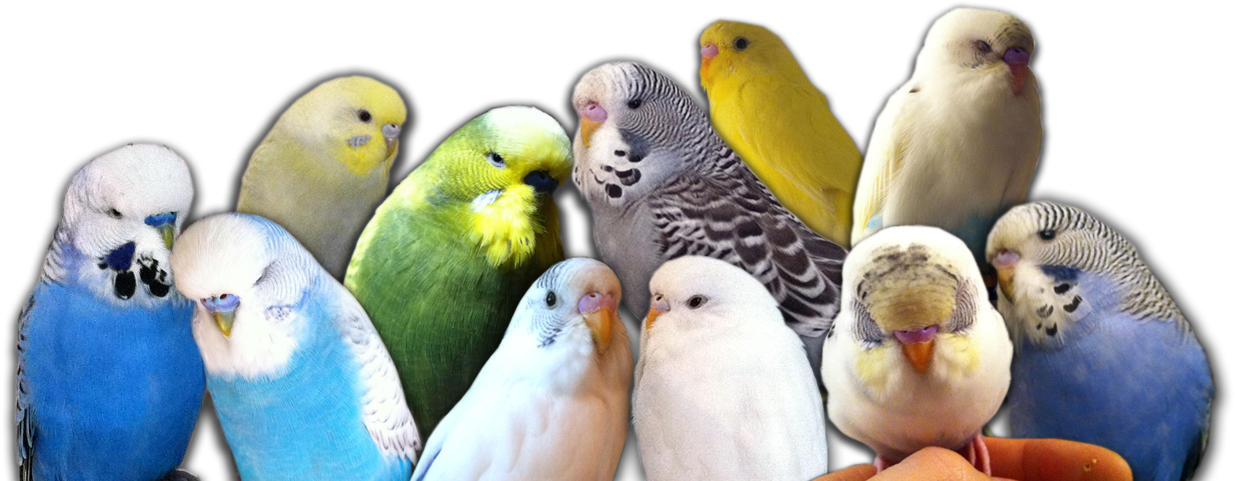Download top and best high-quality free Budgerigar PNG Transparent Images backgrounds available in various sizes. To view the full PNG size resolution click on any of the below image thumbnail.
License Info: Creative Commons 4.0 BY-NC
The budgerigar ( Melopsittacus undulatus) is a seed-eating, a long-tailed parrot called the budgie, or parakeet in American English. Budgies are the only species of the genus Melopsittacus. Naturally, this species is green-yellow with black scalloped spots on the nape, back and wings. Budgies are bred in captivity with blue, white, yellow, grey and even small combs. Juveniles and chickens are monomorphic, while adults differ in color of cere and behavior.
The origin of the budgie’s name is unclear. First recorded in 1805, budgerigars are popular pets worldwide due to their small size, low cost, and ability to mimic human speech. They are the third most popular pets in the world after domestic dogs and cats. Budgies are nomadic flock parakeets that have been bred in captivity since the 19th century. Both in captivity and the wild, budgerigars breed opportunistically and in pairs.
It is found in the wild in Australia’s drier parts, where it survives for over five million years in harsh indoor environments. Its success can be attributed to its nomadic lifestyle and ability to reproduce offspring in motion. Budgerigar is closely related to lories and fig parrots.
The budgerigar coexisted with the indigenous Australians for 50-70 thousand years. Several possible sources for its name have been suggested. First, it could be a mispronunciation or a change in the word Gamilaraay gidjirrigaa (Aboriginal pronunciation: [ɡ ̊iɟiriɡaː]) or gijirragaa from Yuwaalaraay. The second is a variety of modification budgery or boojery (Australian slang for “good”) and gar (“cockatoo”). Alternate spellings include budgerygah and betcherrygah, the latter used by the Liverpool Plains’ indigenous people in New South Wales. Although many sources refer to “good” as part of the meaning and in some to “good bird,” it is possible that reports from locals in the region more accurately define the direct translation as “good food.” Reports that this could also be translated as “tasty treat”, meaning that the aborigines people ate them, which are likely to be apocryphal. The name is probably associated with the migratory nature of the species. Due to seasonal changes that leave the plains barren, the budgerigar will focus on the residual water, which still yields the seeds it has been looking for. By tracking birds, aborigines can locate water, as well as other wildlife or food plants, resulting in “good food.”
Download Budgerigar PNG images transparent gallery.
- Budgerigar Parrot PNG Clipart
Resolution: 512 × 391
Size: 277 KB
Image Format: .png
Download
- Budgerigar Parrot PNG Download Image
Resolution: 960 × 272
Size: 246 KB
Image Format: .png
Download
- Budgerigar Parrot PNG File
Resolution: 595 × 595
Size: 89 KB
Image Format: .png
Download
- Budgerigar Parrot PNG Free Download
Resolution: 512 × 341
Size: 58 KB
Image Format: .png
Download
- Budgerigar Parrot PNG Free Image
Resolution: 950 × 743
Size: 455 KB
Image Format: .png
Download
- Budgerigar Parrot PNG HD Image
Resolution: 800 × 497
Size: 234 KB
Image Format: .png
Download
- Budgerigar Parrot PNG High Quality Image
Resolution: 560 × 425
Size: 139 KB
Image Format: .png
Download
- Budgerigar Parrot PNG Image
Resolution: 512 × 512
Size: 89 KB
Image Format: .png
Download
- Budgerigar Parrot PNG Images
Resolution: 722 × 720
Size: 720 KB
Image Format: .png
Download
- Budgerigar Parrot PNG Pic
Resolution: 630 × 315
Size: 161 KB
Image Format: .png
Download
- Budgerigar Parrot PNG Picture
Resolution: 3000 × 3752
Size: 1111 KB
Image Format: .png
Download
- Budgerigar Parrot PNG
Resolution: 2000 × 1000
Size: 687 KB
Image Format: .png
Download
- Budgerigar Parrot Transparent
Resolution: 512 × 512
Size: 118 KB
Image Format: .png
Download
- Budgerigar Parrot
Resolution: 744 × 744
Size: 189 KB
Image Format: .png
Download
- Budgerigar PNG Clipart
Resolution: 700 × 700
Size: 270 KB
Image Format: .png
Download
- Budgerigar PNG Download Image
Resolution: 933 × 1391
Size: 1384 KB
Image Format: .png
Download
- Budgerigar PNG File
Resolution: 694 × 700
Size: 532 KB
Image Format: .png
Download
- Budgerigar PNG Free Download
Resolution: 1400 × 1400
Size: 856 KB
Image Format: .png
Download
- Budgerigar PNG Free Image
Resolution: 753 × 1280
Size: 423 KB
Image Format: .png
Download
- Budgerigar PNG HD Image
Resolution: 1171 × 931
Size: 324 KB
Image Format: .png
Download
- Budgerigar PNG High Quality Image
Resolution: 654 × 750
Size: 394 KB
Image Format: .png
Download
- Budgerigar PNG Image File
Resolution: 894 × 750
Size: 23 KB
Image Format: .png
Download
- Budgerigar PNG Image
Resolution: 840 × 750
Size: 275 KB
Image Format: .png
Download
- Budgerigar PNG Images
Resolution: 1920 × 1452
Size: 285 KB
Image Format: .png
Download
- Budgerigar PNG Photo
Resolution: 800 × 1044
Size: 744 KB
Image Format: .png
Download
- Budgerigar PNG Pic
Resolution: 564 × 446
Size: 98 KB
Image Format: .png
Download
- Budgerigar PNG Picture
Resolution: 512 × 512
Size: 21 KB
Image Format: .png
Download
- Budgerigar PNG
Resolution: 1920 × 1421
Size: 1773 KB
Image Format: .png
Download
- Budgerigar Transparent
Resolution: 2101 × 1631
Size: 2607 KB
Image Format: .png
Download
- Budgerigar
Resolution: 1235 × 481
Size: 1280 KB
Image Format: .png
Download
